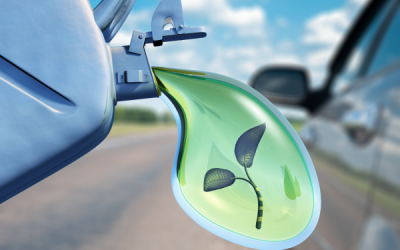The future of cleaning up waterways might just be pretty, fragrant, and inexpensive.
What could possibly provide these benefits? Flower power!
Findings from a recent study reported that over a 12-week period, flowers grown on cheap floating platforms could extract 52% more phosphorus and 36% more nitrogen than the natural nitrogen cycle removes from untreated water.
An added bonus: The flowers can also be cut and sold in the popular, multibillion-dollar floral market.
Dead zones: ICYMI, water pollution is kind of a big deal—and farm runoff, lawn chemicals, and some septic tanks all contribute. In combination, the runoffs produce “dead zones,” where aquatic life cannot survive, thanks to massive algae blooms that feed on the chemicals and choke out oxygen in the water.
RIP fish: In the 2020 Biscayne Bay fish kill in Florida, the area recorded the largest mass death of fish and other aquatic life on record due to water pollution.
Flower power: Researchers at Florida International University came up with a blooming solution, and not of the algae variety.
Giant marigolds, zinnia, and sunflower seedlings were transplanted into cheap polyethylene foam, “beemats,” that floated in polluted waterways in the canals of Coral Gables and Little River.
Weights anchored the platforms and attached to the shoreline so they never drifted too far away.
Where this goes floats: Researchers plan to study more plant varieties to aid in waterway cleanup and are looking at making some raft modifications.
Passing it Down: Lawmakers Work Across the Aisle to Support Farm Transition
"America’s food security is national security." That was Senator Mike Braun (IN) speaking...
Emissions Rule Has Ag Up in Arms
Ag and biofuel groups sent up smoke signals in an outcry against the EPA’s final ruling for...
BRD Breakthrough
The cattle industry is beefing up its efforts to fight fatal viruses. The rundown: A...




